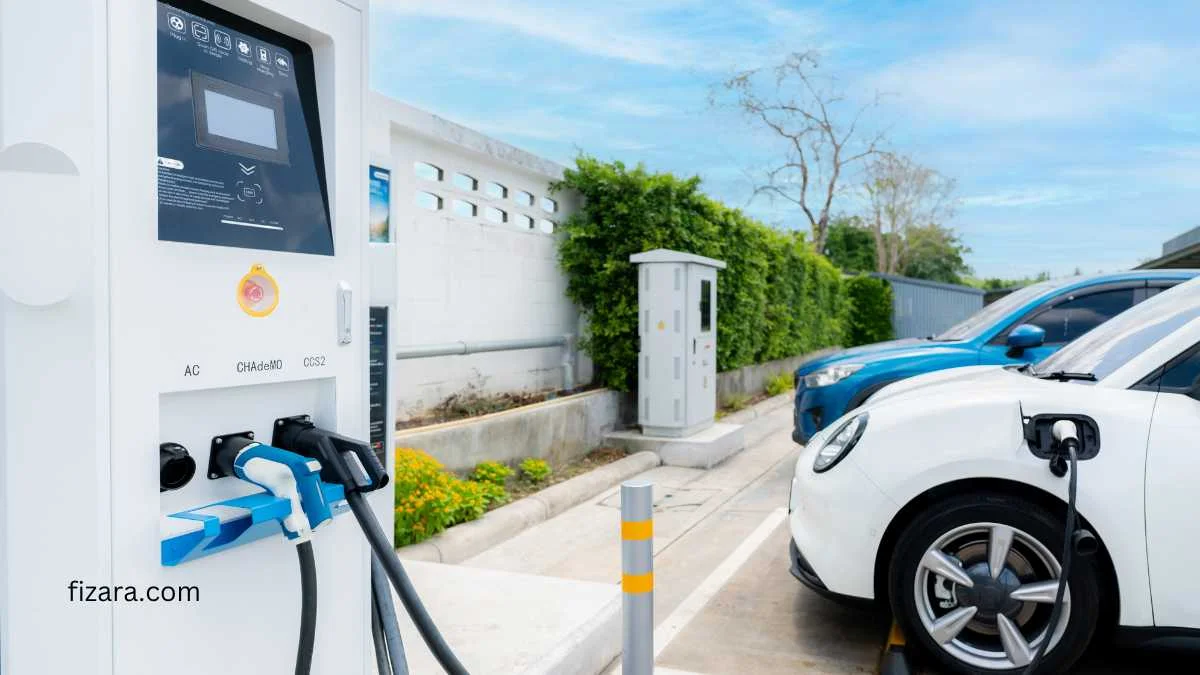Electric vehicle (EV) adoption has surged globally, prompting a critical need for robust infrastructure to support widespread charging accessibility. As more consumers and businesses embrace electric mobility, the installation and maintenance of EV charging stations play pivotal roles in ensuring reliable and efficient charging networks. We will delve into the complexities of installing and maintaining these stations, highlighting key considerations and processes involved.
Installation Process
Are you looking for EV charger installation in Vancouver? Installing EV charging stations involves several intricate steps to ensure functionality and compliance. Initially, site assessment is crucial, evaluating factors like proximity to power sources, accessibility, and potential future expansions. Electrical load calculations follow, determining the station’s power requirements and compatibility with existing infrastructure. Permits and regulatory approvals are obtained, adhering to local codes and environmental regulations. Physical installation includes mounting equipment, configuring power connections, and integrating with network systems for monitoring and payment processing.
Infrastructure Requirements
Successful installation hinges on robust infrastructure that meets power demands and ensures operational reliability. Power supply needs vary significantly depending on the station type—level 1, level 2, or DC fast chargers. Level 1 chargers typically utilize standard 120-volt outlets, which are suitable for residential settings but impractical for commercial or high-traffic areas due to slow charging rates. Level 2 chargers, requiring 240-volt connections, offer faster charging times, ideal for public locations and workplaces. DC fast chargers demand substantial power (typically 480 volts), necessitating proximity to high-capacity electrical substations or transformers for optimal performance.
Maintenance Practices
Ongoing maintenance is essential to sustain the peak performance and longevity of EV charging stations. Regular inspections encompass visual checks, electrical testing, and software updates to mitigate potential faults and ensure compliance with safety standards. Monitoring software tracks usage patterns identifies anomalies, and facilitates remote diagnostics, preemptively addressing issues before they escalate. Scheduled maintenance intervals include cleaning connectors, inspecting cables for wear, and verifying ground connections to maintain electrical integrity. Collaboration with certified technicians ensures adherence to manufacturer guidelines and regulatory requirements, enhancing station reliability and user satisfaction.
Operational Considerations
Beyond installation and maintenance, operational considerations are pivotal in optimizing EV charging station efficiency and user experience. Location planning is critical, as well as balancing accessibility, visibility, and parking convenience to attract users and promote regular usage. Pricing strategies—whether flat rates, time-based fees, or subscription models—impact station utilization and revenue generation. Integrating renewable energy sources aligns with sustainability goals, offering eco-conscious consumers greener charging options. Seamless user interfaces and reliable customer support foster trust and satisfaction, encouraging repeat visits and positive brand association within the EV community.
Regulatory Compliance
Ensuring compliance with regulatory standards is paramount throughout the lifecycle of EV charging stations. From initial planning stages to ongoing operation, adherence to local, national, and international regulations safeguards public safety, environmental sustainability, and infrastructure integrity. Regulatory frameworks dictate installation specifications, safety protocols, and accessibility requirements, guiding stakeholders in site selection, equipment procurement, and operational protocols. Regular audits and inspections validate compliance, mitigating legal risks and liabilities while fostering public trust in EV infrastructure.
Technological Advancements
Technological advancements continually shape the landscape of EV charging stations, driving efficiency, reliability, and user convenience. Innovations in charging hardware, such as smart connectors and automated payment systems, streamline user experiences and reduce operational downtime. Enhanced software solutions enable real-time monitoring of station performance, predictive maintenance analytics, and dynamic pricing strategies tailored to demand fluctuations. Integration with smart grid technologies optimizes energy distribution, balancing peak loads and minimizing grid strain, thereby supporting sustainable energy practices and cost-effective operations.
Future Trends and Challenges
Future trends in EV charging stations underscore the evolution towards autonomous and electrified transport ecosystems. The rise of electric fleets, including autonomous vehicles and last-mile delivery services, demands scalable charging solutions integrated into urban infrastructure. Innovations in battery technology, such as solid-state batteries and fast-charging capabilities, promise shorter charging times and extended vehicle ranges, further driving EV adoption. However, challenges persist, including equitable access to charging infrastructure, interoperability standards across networks, and addressing urban congestion from increased EV use. Addressing these challenges requires collaborative efforts among policymakers, industry leaders, and communities to ensure sustainable and inclusive mobility solutions for all.
The proliferation of electric vehicles necessitates strategic planning and meticulous execution in installing and maintaining charging stations. Stakeholders can foster a resilient charging network by navigating installation complexities, understanding infrastructure requirements, implementing rigorous maintenance practices, and optimizing operational strategies. This holistic approach supports the burgeoning EV ecosystem and enhances accessibility, reliability, and sustainability across global transportation landscapes. As technology advances and consumer demand grows, continuous adaptation and innovation will drive the evolution of EV charging infrastructure towards greater efficiency and inclusivity in future mobility solutions.









